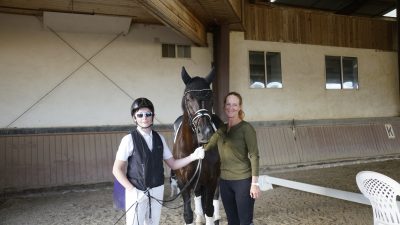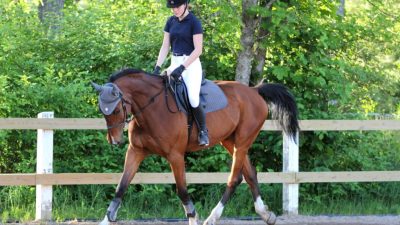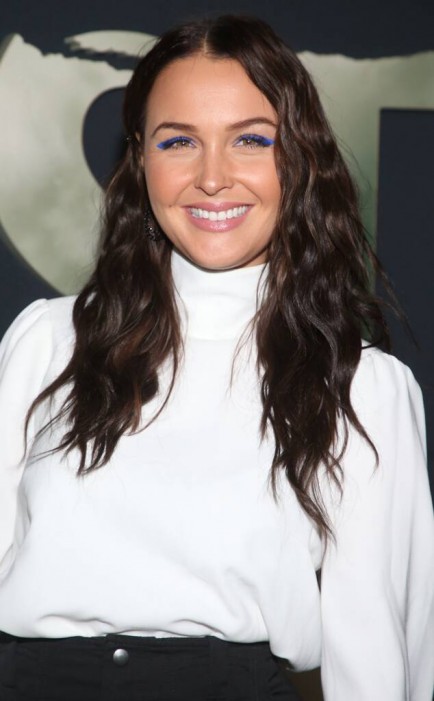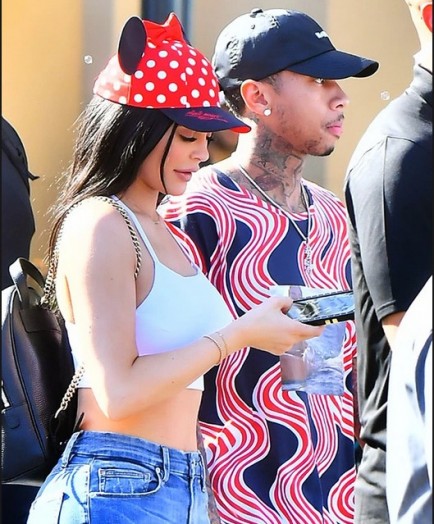Altitude sickness happens because of a fall in atmospheric pressure otherwise known as thin air. For long holidays at high altitudes, it’s best to increase your altitude gradually over a few days. This means it’s probably best not to fly straight to a high-altitude destination. A few overnight stops on your way up the mountain will help you and your baby to acclimatise. Anyone who goes to a higher altitude can get altitude sickness, whatever their age, gender, physical fitness, or previous altitude experience.
If you’re taking your baby on a skiing holiday, it’s possible that both of you might be affected by altitude sickness. Mild altitude sickness can occur at about 2,500 metres (8,000 feet) above sea level, which is a common height for the ski runs used by many resorts. Severe altitude sickness doesn’t really occur at altitudes below 3,600 metres (about 12,000 feet). Most European ski runs are well below this, even at the top of the mountain. You won’t get altitude sickness in the UK, as the highest mountain in the region is just 1,344 metres (4,406 feet) high. If your baby already has a lasting medical condition, such as a heart defect, he may be more likely to get altitude sickness. Being too high up may make his condition worse, or cause an illness directly related to altitude.
If your baby has altitude sickness, he may:
- vomit
- appear more tired or irritable than usual
- not sleep well
- lose his appetite
- seem generally unwell
Being at a higher altitude may make your baby tired and dehydrated. He may also have a headache and feel dizzy, although he won’t be able to tell you how he’s feeling. Rest assured, he should adjust in a couple of days, but if you have any concerns, see a doctor. Offer your baby plenty of opportunities to breastfeed or bottle-feed. This should help to prevent him getting dehydrated, particularly if he’s vomiting. If your little one’s formula-fed or on solids, you can also give him frequent sips of water or an oral rehydration solution. If your baby doesn’t seem to be getting better after a day or two, you may need to move to a lower altitude.
If your baby looks very pale or blue, or seems to be having difficulty breathing, take him to the nearest hospital. The oxygen levels in his blood can be measured to find out if he’s suffering from severe altitude sickness. If this is the case, the medical team will give him oxygen through a face mask until you can get him to a lower location. Remember that severe altitude sickness is extremely rare, so try not to worry.
Travelling at high altitudes won’t make your baby more prone to ear infections. It may make your baby’s ears pop and feel temporarily uncomfortable, though. You can help to ease this by offering him plenty of chances to feed until he adjusts to the high altitude. For an older child, offer plenty of water or milk At high altitudes, the most important thing to remember is to keep your baby warm, so take plenty of layers. Read our article on keeping your family safe in the snow for more information.
Remember that the higher you go, the stronger the sun rays. Try to keep your baby out of the sun if he’s younger than six months. If you have an older baby or toddler, apply plenty of sunscreen with an SPF of at least 15, to his face, lips, ears, and any other exposed areas of skin. Reapply frequently throughout the day. Make sure everyone’s wearing sunglasses or goggles too, as the glare of sun on snow can be powerful. If you’re in the mountains in the summer, protect your baby from the sun with a long-sleeved top and a hat with a brim.
Original article: https://www.babycentre.co.uk/a561725/holidays-at-high-altitude



























Comments